The Silent Storyteller: Environmental Narrative in Half-Life 2's Citadel !
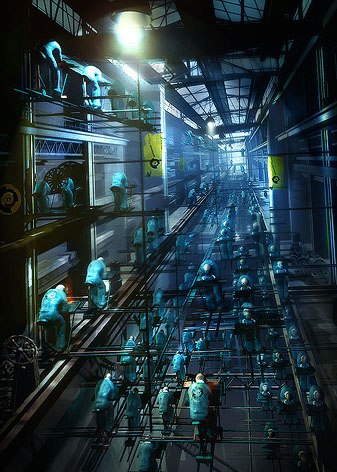
The Citadel looms as a symbol of Combine dominance, its architecture a language of control and decay.
As a level designer, I've always been fascinated by how environments can tell stories without a single line of dialogue. Half-Life 2, a masterpiece of the genre, exemplifies this principle. Nowhere is this more apparent than within the Citadel, the Combine's monolithic structure piercing the sky above City 17. The Citadel isn't just a level; it's a character, silently screaming of oppression, overextension, and the insidious nature of control. This analysis will delve into how the Citadel's environmental storytelling crafts its unforgettable atmosphere, focusing on visual cues that resonate far more powerfully than exposition ever could. Our keywords for this exploration will be: Half-Life 2 Citadel Design, Citadel Environmental Storytelling, and Half-Life Combine Architecture.
Drained of Life: The Imagery of Energy Depletion
One of the most persistent and unsettling aspects of the Citadel is the pervasive sense of decay beneath the Combine's seemingly impenetrable façade. The level design subtly communicates a state of overextension, a civilization stretched thin across countless worlds. This is masterfully achieved through the recurring imagery of drained energy.
Flickering, dying lights are omnipresent, casting long, ominous shadows that dance across the cold, metallic surfaces. Power conduits hum with a residual energy, a ghostly echo of their former output. Deactivated Combine machinery stands as silent monuments to a failing infrastructure. These aren't just aesthetic choices; they're deliberate narrative tools. They tell us that the Combine, despite their advanced technology, are struggling to maintain their grip. The Citadel, their seat of power, is visibly weakening. This is also reflected in the Half-Life 2 Citadel Atmosphere.
 A view of the Citadel's core shows the flickering energy conduits, an image of power in decline
A view of the Citadel's core shows the flickering energy conduits, an image of power in decline
Repurposed and Failing: The Human Element
The Combine's reliance on and exploitation of human resources is a central theme in Half-Life 2. This is reflected in the Citadel's level design through the integration of human technology, often in a state of disrepair. Modified power generators, repurposed security systems, and human computer interfaces forcibly integrated into Combine architecture are all visual indicators of this forced assimilation.
The sight of these human elements visibly failing or jury-rigged reinforces the idea that the Combine's dominance isn't absolute. They are not self-sufficient; they rely on the subjugated population for their continued operation. The Combine Oppressive Design is exemplified not just by imposing structures, but in the parasitic nature of its resource extraction.
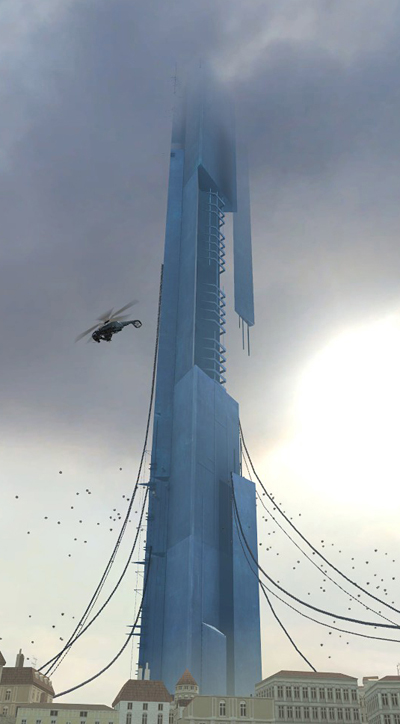 A repurposed human computer terminal is a close-up visual of human resources being assimilated.
A repurposed human computer terminal is a close-up visual of human resources being assimilated.
Xen Beneath the Steel: The Alien Underbelly
The Citadel's architecture is a fascinating blend of the Combine's sterile, geometric design and the underlying Xen structure, hinting at the Combine's origins and the Vortigaunts' servitude. The glimpses of alien architecture, often seen through cracks in the Combine plating or in less-maintained areas, serve as a constant reminder of the Combine's parasitic relationship with other worlds.
The contrast between the cold, calculated efficiency of the Combine architecture and the organic, almost biological feel of the Xen structures is striking. This juxtaposition speaks volumes about the Combine's history, their methods, and their ultimate goals. Furthermore, the recurring presence of G-Man in the background, observing silently, adds another layer of intrigue and mystery to the Citadel's narrative. His presence suggests a deeper game being played, one that transcends the immediate conflict between humanity and the Combine. This reinforces the game's Half-Life 2 Level Design Analysis.
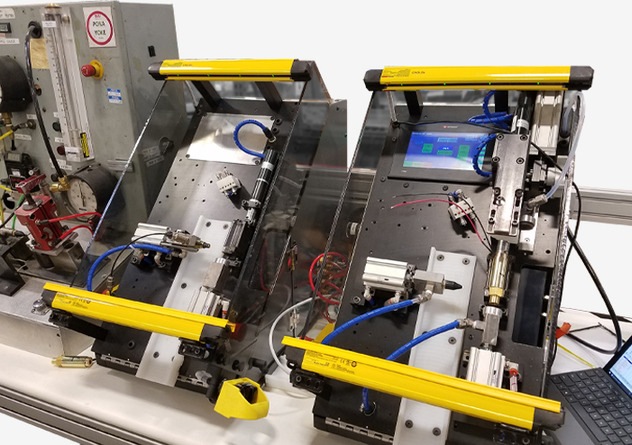 A glimpse of Xen architecture peeking through the combine plating serves as a reminder of the Combine's alien origins
A glimpse of Xen architecture peeking through the combine plating serves as a reminder of the Combine's alien origins
The Symphony of Oppression: Ambient Sound Design
The ambient sound design within the Citadel is crucial to creating its oppressive atmosphere. The low hum of machinery, the distorted Combine announcements echoing through the corridors, and the distant screams all contribute to a sense of unease and control. These sounds are not just background noise; they're carefully orchestrated elements that reinforce the Citadel's narrative. The hum of machinery speaks to the relentless, uncaring nature of the Combine's industrial complex.
The distorted announcements, often unintelligible or filled with propaganda, serve as a constant reminder of the Combine's pervasive control over information. And the distant screams… well, those speak for themselves. All of this is a crucial part of Citadel Visual Cues.
 A view of a monitor displaying Combine propaganda reinforces pervasive control over information and further amplifies oppression.
A view of a monitor displaying Combine propaganda reinforces pervasive control over information and further amplifies oppression.
Vertigo and Control: The Verticality of Power
The Citadel's sheer verticality is another significant element of its environmental storytelling. The dizzying heights and the constant need to ascend through the structure create a sense of insignificance and powerlessness in the player. This design reinforces the Combine's hierarchical structure and their absolute control over City 17. The elevator sequences, in particular, are masterful in conveying this sense of scale and oppression. As you ascend, you are constantly reminded of the Combine's power and your own vulnerability.
 The Citadel's elevator sequences and vast scale are a great way to illustrate the design and magnitude of control.
The Citadel's elevator sequences and vast scale are a great way to illustrate the design and magnitude of control.
The Core of the Matter: The Citadel's Reactor
The Citadel's reactor core is more than just a functional element; it's a visual representation of the Combine's power source and their potential vulnerability. The intense energy flowing through the core is both awe-inspiring and terrifying. It highlights the sheer power the Combine wields, but also suggests a potential point of failure. The constant hum and crackle of energy create a sense of anticipation, hinting at the possibility of a catastrophic meltdown. This potential fragility hints at Combine Technology Decline.
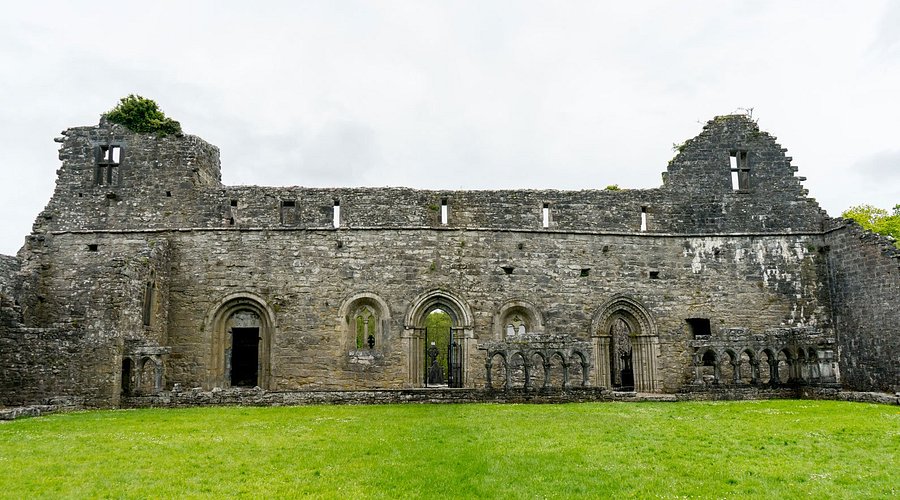 The core's energy is a visual reminder of the power the Combine wields, and its potential point of failure.
The core's energy is a visual reminder of the power the Combine wields, and its potential point of failure.
A Legacy of Silent Storytelling
The Citadel is a testament to the power of environmental storytelling. Through its decaying infrastructure, repurposed human technology, alien underbelly, oppressive sound design, and imposing verticality, it communicates a powerful narrative of oppression, overextension, and the insidious nature of control. It's a masterclass in level design, proving that the most compelling stories are often told without words. Half-Life 2 Citadel Design continues to be influential even today. By understanding and analyzing these subtle cues, we can gain a deeper appreciation for the artistry and craftsmanship that went into creating this unforgettable environment.
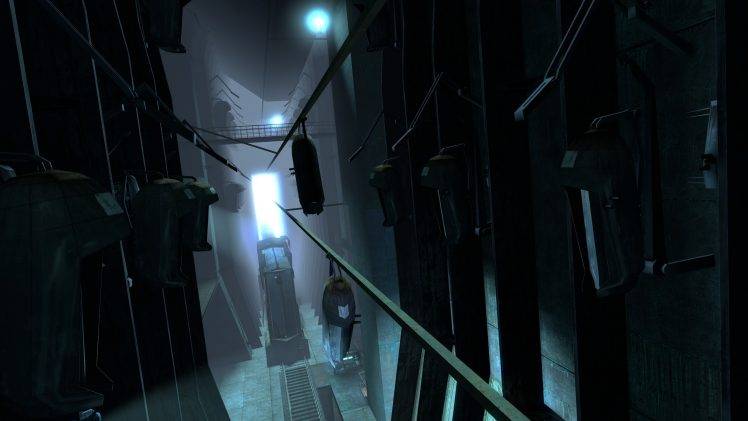 A Combine guard in a Citadel hallway, an ominous visual of dystopian control.
A Combine guard in a Citadel hallway, an ominous visual of dystopian control.